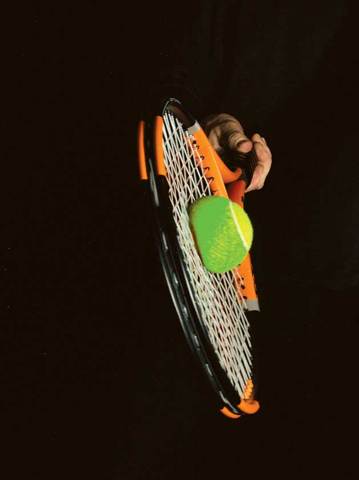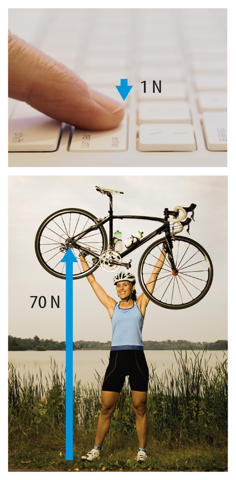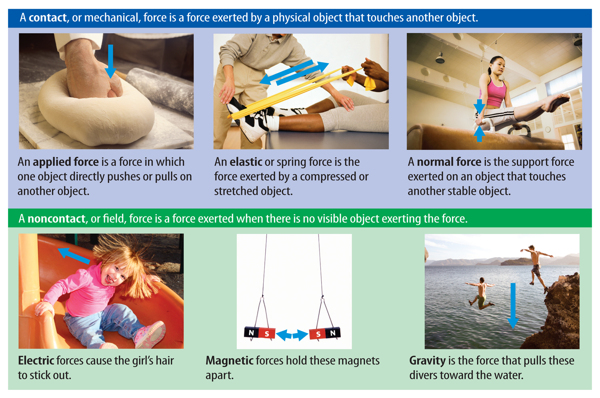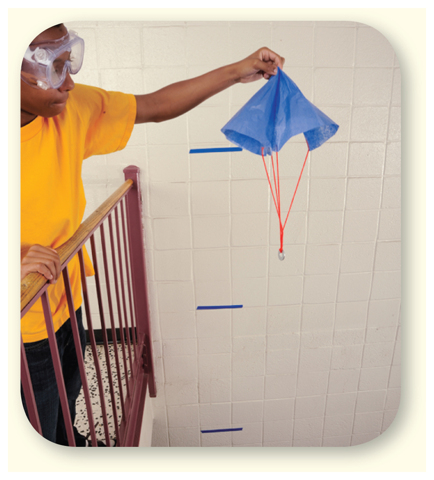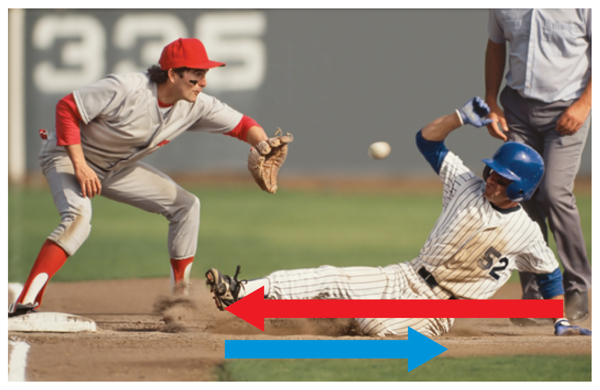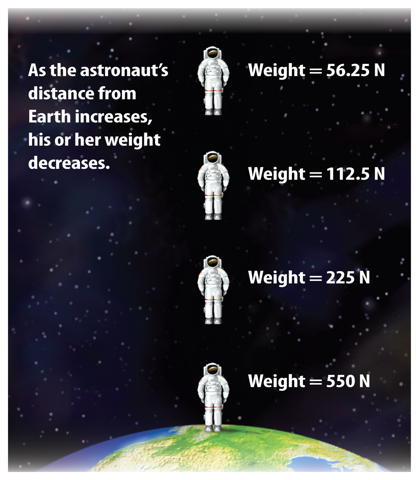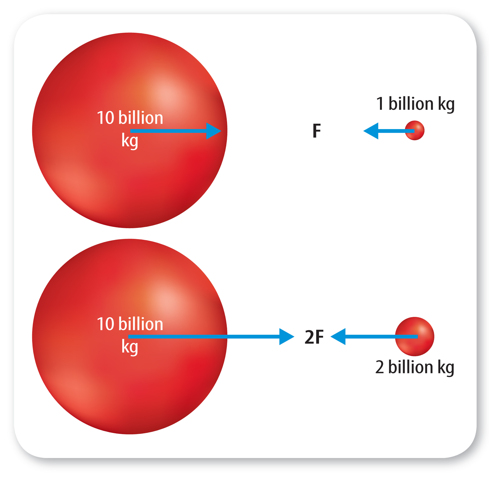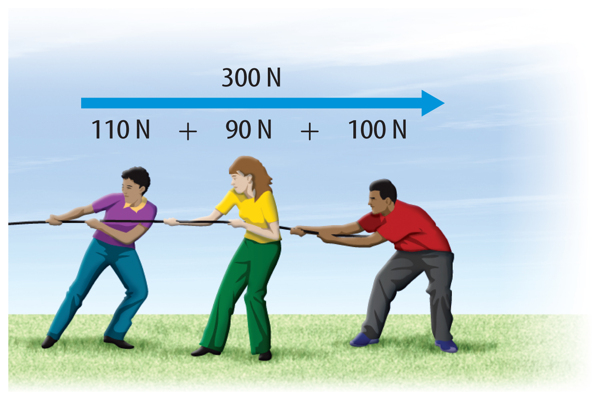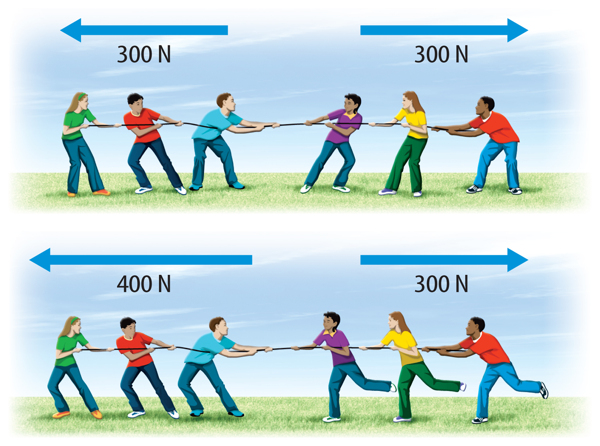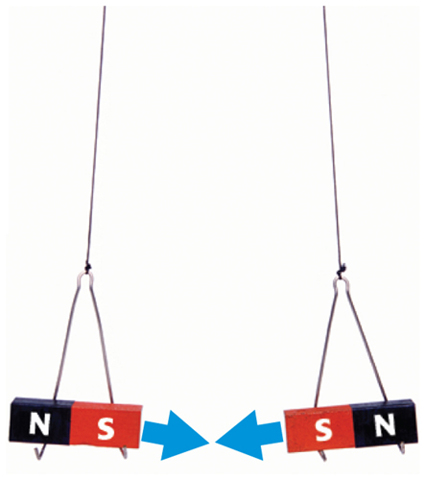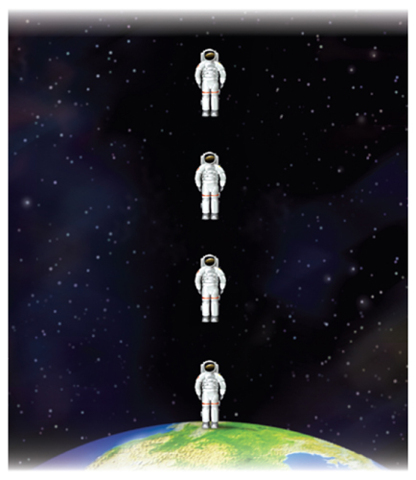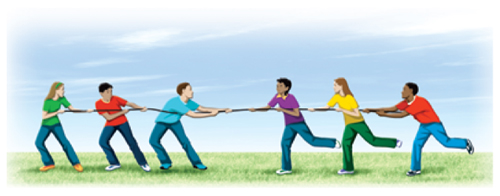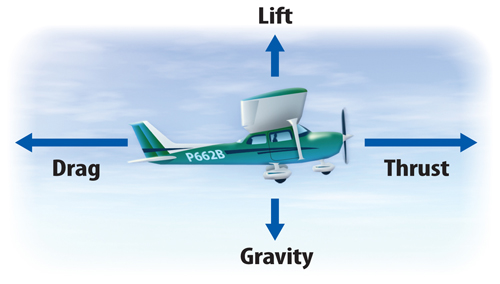Bitstrips Create comic strips
Padlet.com – (wallwisher) insert pictures, videos texts or
links, used for notetaking, and projects. With many students accessing the
program and sharing information and producing a product with it.
Blabberize.com – take any picture and make it talk, to spice up presentationsJ quick and easy! You can add image to presentation or powerpoint.
Google earth – View an image of StonStory Jumperehenge, Giza Pyramid, Chichen Itza, screenshot and use in presentations or create tours of the ring of fire, used for presentations.
Dipity.com – timeline generator website, create a timeline for the creation of Stonehenge, Giza Pyramid, or Chichen Itza and add images.
Prezi - create online PowerPoint
Story Jumper - online book maker!
Wix.com – website creator or create games, to show your knowledge of things we have learned this semester.
Story Jumper - online book maker!
Wix.com – website creator or create games, to show your knowledge of things we have learned this semester.
Screencastomatic - create videos that work with
presentations.
Project Guidelines - Due December 14, 2015
Do you want to build a monument that will last for 1,000's of years? What would it look like? Where would you build it? What materials would you use? What would you want to future to know?
Look at monuments that have lasted like Stonehenge, Giza Pyramids, Chichen Itza, Easter Island, what can you learn to help you with your monument?
Project Guidelines - Due December 14, 2015
Do you want to build a monument that will last for 1,000's of years? What would it look like? Where would you build it? What materials would you use? What would you want to future to know?
Look at monuments that have lasted like Stonehenge, Giza Pyramids, Chichen Itza, Easter Island, what can you learn to help you with your monument?

















